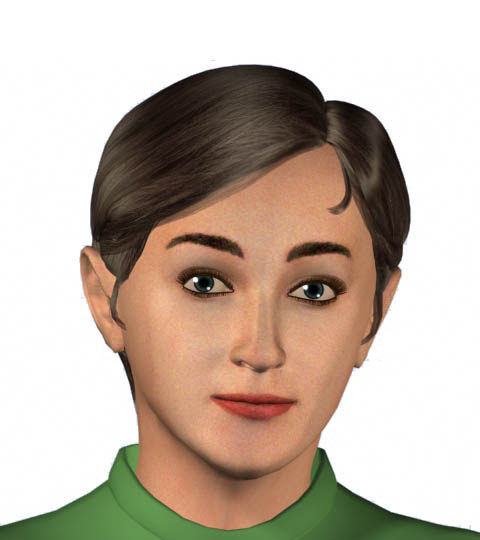Project Info

Overview
Our goal is to enable automatic translation of English into American Sign Language, the language of the Deaf in North America. American Sign Language is not English coded as signs but an entirely different language from English with an entirely different structure.
Automated English-to- ASL translation will increase Deaf access to the hearing world. We are currently developing tools for generating ASL animation in response to spoken English.
Our avatar, named "Paula" for DePaul University, can portray all linguistic parameters of ASL. Paula has earned high marks for clarity and naturalness from users fluent in ASL.
In addition to producing signed language, Paula has participated in several related projects, from Deaf education and interpreter training, to tutoring caregivers of people who are both deaf and mentally challenged.
About American Sign Language
American Sign Language (ASL) is the preferred language of the Deaf in North America. As a visual-gestural language, it utilizes handshape, position, palm orientation, movement, and non-manual signals. There is no one-to-one correspondence between ASL and English, as some signs translate into English as phrases or sentences. A manual alphabet is used to fingerspell names, technical terms, and loan words.
At present, human ASL translators are essential for effective communication between Deaf and hearing presenters and their audiences. Skilled ASL translators are in high demand and often not available for brief interactions. As a consequence, communication between hearing and Deaf people may be impaired or made impossible, to the disadvantage of both groups.
An ASL avatar will make information affordably accessible to Deaf people, enabling them to understand spoken interactions and to participate in classes and meetings.
ASL is the preferred language of over 500,000 people in the United States. The DePaul project has exciting potential not only for Deaf Americans and those who interact with them but also as a prototype for communication between Deaf and hearing people around the world.